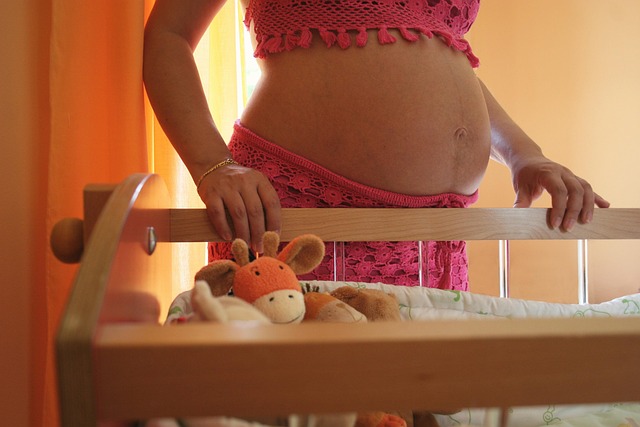Body shaming is an unfortunate experience many of us have faced, and with the explosion of social media, it has become even more rampant. Whether you’re perceived as too heavy or too thin, the judgments seem never-ending. Additionally, parents are increasingly subjected to scrutiny, with critics eager to point fingers at perceived shortcomings in their parenting choices.
I had experienced body shaming myself, but I never expected my daughter would have to endure it at such a young age. In a single innocent photo posted online, my one-year-old daughter became the target of thousands of hurtful comments about her weight, along with harsh judgments about my parenting — all from individuals who knew nothing about us.
Not long ago, my husband mistakenly shared a photo of our then 14-month-old daughter on a platform that he thought was private. To his dismay, it was public. Shortly after, the trolls emerged. The picture was of our vibrant, healthy daughter, who, like her parents, had a bit of baby fat. She was adorable, resembling a miniature Michelin Man, and we loved every roll.
Unfortunately, the offensive remarks quickly followed: “What does she eat? She looks fat!” and “Clearly, she is overweight.” What these critics failed to understand is that she had a well-balanced diet and was on a normal growth trajectory. In fact, she still relied primarily on breast milk at that time. But none of this mattered; she had gone viral for being labeled “overweight.”
A couple of days after the photo was shared, a friend from Australia informed me that her picture had been featured on a prominent Australian news website. The article discussed the troubling issue of toddler fat-shaming. As a protective mother, I reached out to the site, demanding they remove the image. They refused, claiming that the topic was too popular to take it down.
A quick Google search revealed a slew of articles using my daughter’s photo, with comment sections filled with negativity directed at her and me. Some sites obscured her face, while others did not, but none sought our permission to use her image. It was unbelievable that my just-over-a-year-old daughter was already subjected to body shaming. I felt nauseated.
The photo gained traction primarily in Europe and Australia, even sparking discussions on a popular British morning show, where one host commented on how concerning her arms appeared. I wanted to scream at the screen. The ignorance was staggering. This is my healthy little girl, being judged from across the globe.
This behavior must change. Adult women struggle enough with body image issues; shaming an infant is utterly unacceptable. I still grapple with guilt over inadvertently sharing her photo, but I had hoped society had progressed beyond this. Imagine the heartache of seeing your child mocked and shamed by strangers worldwide, their image exploited for mindless critique. It is horrifying.
My husband and I learned critical lessons from this experience. First, we must be extremely cautious about where we share our children’s photos; you never know when they might be exposed to a broader audience than intended. Secondly, we all bear the responsibility to promote body positivity and respect, particularly for our children. This behavior is detrimental to their mental and physical well-being. Thankfully, my daughter was too young to comprehend the situation, and I am committed to teaching her to embrace her body regardless of societal standards.
In conclusion, the experience has been eye-opening, reminding us of the importance of kindness and understanding, especially in a world where our children are watching and learning from us. Together, we can foster a more compassionate environment for future generations.
For more insights on family topics, check out Modern Family Blog, which provides valuable information. And if you’re interested in home insemination options, Make a Mom is a useful resource, along with NHS for excellent information on pregnancy and home insemination.
